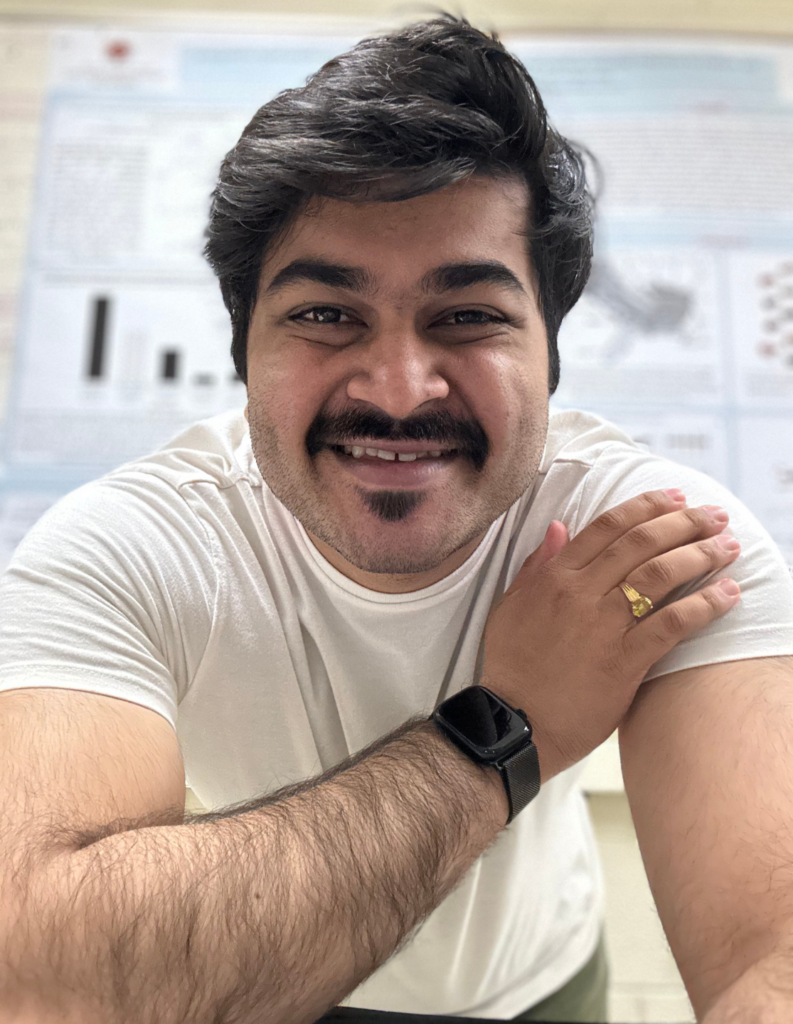The EDGES program in the College of Science seeks to increase success for graduate students in STEM fields, enhance the academic environment for the campus community, and broaden the STEM workforce in Utah. Awardees participate in several networking, career development, and social events throughout the year, and are expected to attend at least two events per semester.
This program provides funds (up to $10,000) to recruit, retain, and promote the success of outstanding graduate students who have the potential to bring unique perspectives and contributions to their academic fields and departments. Awards can be spent any time for up to five years after acceptance, or until the student graduates, whichever comes first.
Selection Criteria:
- Applicants must have received an offer of admission to a College of Science graduate program.
- Applicants must submit a brief application answering four questions listed below.
- Applicants will be prioritized based on the following criteria:
- Articulation of specific plans, experiences, and goals to succeed in their discipline and broaden the STEM workforce.
- Likelihood of impact on graduate program and STEM community at University of Utah (e.g. recruiting opportunity, alignment with department priorities, etc.).
Application Questions:
- What factors have influenced your decision to pursue graduate studies in STEM, and how do you envision cultivating your career while participating in EDGES?
- What support or resources would be most beneficial in helping you succeed academically and professionally in your graduate program, particularly in relation to mentorship, networking, and community building?
- In what ways do you think your background, experiences, or perspective could contribute to innovation, problem-solving, or leadership within STEM at University of Utah?
- How do you cultivate belonging in STEM, either through previous experience or goals for your graduate studies?
Monetary Award
The monetary award will be an up-front dispersement and can be used to cover research and professional development related activities, as well as provide additional financial support in the transition to graduate school.
The application period for AY 25-26 has now closed.
Quotes from Former EDGES Fellows
"It has helped me with access to resources relevant to my research. I have been able to attend conferences and purchase equipment with the EDGES funds, which I would not be able to do otherwise"
"EDGES has helped me learn to set different types of goals and manage my time well."
"The EDGES fellowship has helped financially and in making connections. It is good to connect with people to get advice and talk about a lot of things students face in grad school, especially as a first year."
Contacts
Program Committee

Committee Co-Chair
Lauren BirgenheierCommittee Co-Chair
Lauren Birgenheier
Student Representative, Biology (EEOB)
Vinayak Gopalakrishna KamathStudent Representative, Biology (EEOB)
Vinayak Gopalakrishna Kamath
Student Representative, Geology & Geophysics
Laura WilcockStudent Representative, Geology & Geophysics
Laura Wilcock
Committee Co-Chair
Akil NarayanCommittee Co-Chair
Akil Narayan
Student Representative, Chemistry
Kim B. WeaverStudent Representative, Chemistry
Kim B. Weaver
Program Coordinator
Lindsey DeSpain
Student Representative, Chemistry
Niharika P. KaushikStudent Representative, Chemistry
Niharika P. Kaushik
Director of Special Projects
Cassie SlatteryDirector of Special Projects
Cassie Slattery
